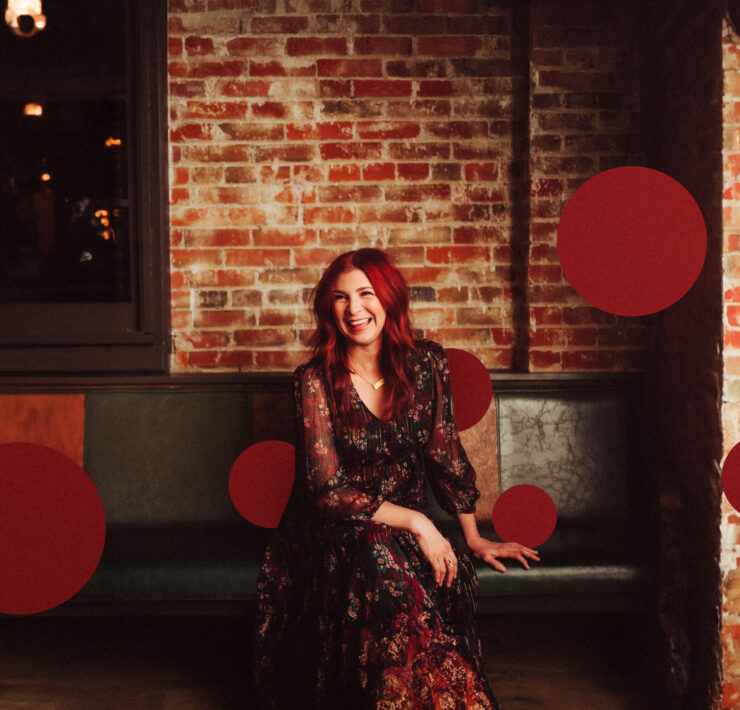The world’s getting smaller, they keep telling us. And one of the great things about living in a global village is being able to enjoy the delights cultures other than our own have to offer. But when it comes to sampling music from all those different cultures, where do you start?
The term “world music” itself is misleading, because it gives the impression that it’s just one genre of music. In fact, that name covers a massive range of hundreds of different rhythms and musical styles—a few of which are listed below:
[BHANGRA]
Origins: From the Punjab region of northern India, this hugely popular folk dance was brought to the U.K. by Indian immigrants, who fused it with Western elements and exported it around the world.
Distinct features: Distinctly Indian dance rhythm, powered by the dhol (an Indian drum).
You need to know about it because: You’re going to be hearing a lot of it—if you aren’t already. Thanks to urban music’s insatiable need for new sounds to sample, Asian rhythms are now the in thing. Dr. Dre (Truth Hurts’ “Addictive”) and Timbaland (Missy Elliott’s Get “Ur Freak On”) kicked things off; now Beyoncé, [the Cross Movement] and even Britney Spears have dabbled with “Desi beats” (“Desi” is the Punjabi word for pure). And with Def Jam having recently signed Britain’s Panjabi Hit Squad, this craze looks set to be around for a while.
[SALSA]
Origins: The roots of Salsa, like most other Caribbean rhythms, can be traced back to Africa—and also to Spain, which ruled over so much of Latin America centuries ago. Salsa in its present form was born in ’60s New York, when immigrant Latin musicians set about re-working the traditional Cuban big band sounds.
“It’s kind of a generic term, coming from the people,” said veteran keyboardist Richie Ray, a one-time member of the legendary Fania All-Stars. “It’s not too exact. Under the heading of salsa, you’ve got all kinds of stuff. It’s kind of a conglomeration of anything that has a conga, a bongo or a cowbell in it. For us, it was a mixture of various Latin styles: mambo, guaguanco, cha-cha-cha, merengue, bolero, rumba, son montuno, plus the sound of The Beatles and The Stones, a little jazz and some classical music.”
Distinct features: horns, piano, percussion …and sheer danceability.
You need to know about it because: It’s arguably Latin America’s biggest musical export.
[RAI]
Origins: Rai originated in Oran, a seaport town in Algeria—although due to persecution by Islamic fundamentalists, many of its best-known artists live in France.
Distinct features: plaintive Arabic singing, cross-fertilized with hip-hop, Reggae and just about anything else within reach. Sung mostly by vocalists with the title Cheb (youth) in front of their name.
You need to know about it because: You just do, trust me. Rai’s brilliant!
[SOUKOUS]
Origins: The Democratic Republic of Congo (formerly Zaire). “Soukous, by definition, means having a good time,” said guitarist Diblo Dibala, one of the genre’s international superstars. “This music started in Africa, then went to the Americas and took on the form of Rumba, came back to Zaire and is now the fast beat guitar music we call Soukous.”
Distinct features: Uplifting African dance rhythms with lead guitar playing to die for, anchored by a loud MC providing the animation (kinda similar to hip-hop MCing or square dance calling).
You need to know about it because: In Africa, soukous music is king.
[FLAMENCO]
Origins: Spain. “Flamenco music is built around slavery,” said accomplished Flamenco guitarist Esteban Antonio, who choreographed the Johnny Depp movie Chocolat, and has worked with just about everyone from David Bowie to Matt Redman. “The Gypsies were enslaved back in the eighth century; that continued until Franco’s reign. Families were split up, their language was taken away from them, and they were turned into blacksmiths for the Moors. Beating steel on an anvil with three hammers, they formed the ‘compas’—the time signature of Flamenco.”
Distinct features: Its blend of intricate guitar playing, rapid handclaps (palmas), heel-tapping (tacon) and shouts of “Ole!” and other phrases (jaleo).
You need to know about it because: of the role it plays in Spain’s largest growing evangelical church movement. Today in Spain, an estimated 50-60 percent of the country’s Gypsy community belong to the Filadelfia group of churches, where Flamenco music is an integral part of the worship experience.
[SAMBA]
Origins: Brazil—in a downtown Rio slum neighborhood dubbed “Little Africa,” which now no longer exists. Samba was a spin-off of Choro, a fusion of African and Brazilian rhythms, which developed in Rio during the 19
th
century. Today, Sambistas can be found all over Brazil.
Distinct features: Can take on different forms. But frenetic drumming is one of its trademarks. Think carnival.
You need to know about it because: It could save you from making the embarrassing faux pas many people make when they meet a Brazilian: confusing Samba (which comes from Brazil) with Salsa (which doesn’t). NEVER tell a Brazilian you like Salsa. They get very upset …
[ISCATHAMIYA]
Origins: Taking its name from a Zulu word meaning to whisper (or to step softly), Iscathamiya is a style of a cappella singing that developed amongst Zulu workers during South Africa’s Apartheid era.
Distinct features: Haunting a cappella songs accompanied by coordinated dance routines, popularized worldwide by Ladysmith Black Mambazo.
You need to know about it because: Thanks to Paul Simon’s Graceland, it’s one of the most popular forms of African music in America.
[10 RECOMMENDED ALBUMS]
Bebel Gilberto, Tanto Tempo—The epitome of Brazilian cool.
Aradhna, Marga Dashan—A stirring collection of Christian bhajans (religious songs from India). Ideal for chilling out in God’s presence.
Alvaro Moreno, Hasta Lo Ultimo de la Tierra—One of the best Christian Salsa recordings of recent years.
Manu Chao, Proximo Estacion: Esperanza—Drawing influences from swing, Bob Marley and even Madrid’s subway trains, this is a true melting-pot of sounds.
Rivertribe, Did You feel the Mountains Tremble—One of Australia’s most intriguing bands combine didgeridoos and Native American flutes with instruments from Armenia, Africa and Ireland, to dazzling effect.
Ladysmith Black Mambazo, Heavenly—Heavenly voices, heavenly tunes and a couple of interesting guests.
Cheb Mami, Delali—Co-produced by Nile Rodgers (of ’70s disco legends Chic) and Nitin Sawhney (one of the rising stars of Britain’s Asian Underground), and featuring guest appearances by Sting and the London Community Gospel Choir, this is a brilliant offering from one of Algeria’s biggest international stars.
Slater Armstrong, Even In Sorrow—Recorded specially to raise awareness of Sudan’s persecuted church, this innovative album fuses American pop, Sudanese gospel and some Celtic music. Great music and a worthy cause.
Maranatha, Maranatha—A Christian album … recorded in a Communist radio station in Havana? You better believe it! Covering various styles of Cuban music, this is a joyous celebration of faith under pressure.
Gustavo Montesano & the Royal Philharmonic Orchestra, Flamenco Fantasy—Some of the world’s most popular classical pieces re-worked flamenco style. Who said you can’t dance to Mozart?
[Stories on RELEVANTmagazine.com are user-submitted. The viewpoints expressed are the opinions of the author and do not necessary reflect the opinion of RELEVANT magazine. For exclusive in-depth stories, subscribe now to RELEVANT magazine. If you are interested in submitting an article, please check out our writers guidelines.]READ MORE PROGRESSIVE CULTURE | POST COMMENTS BELOW




















